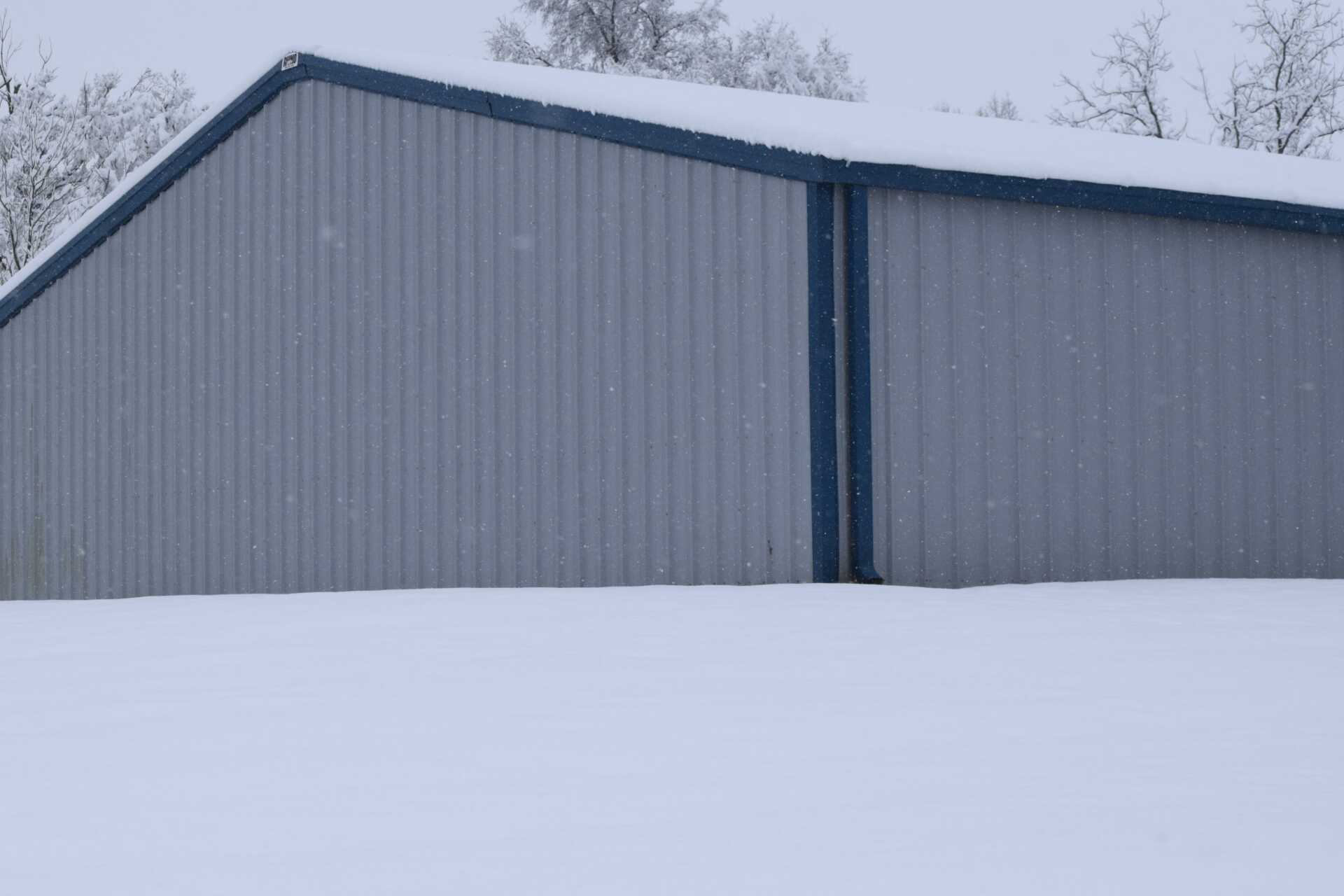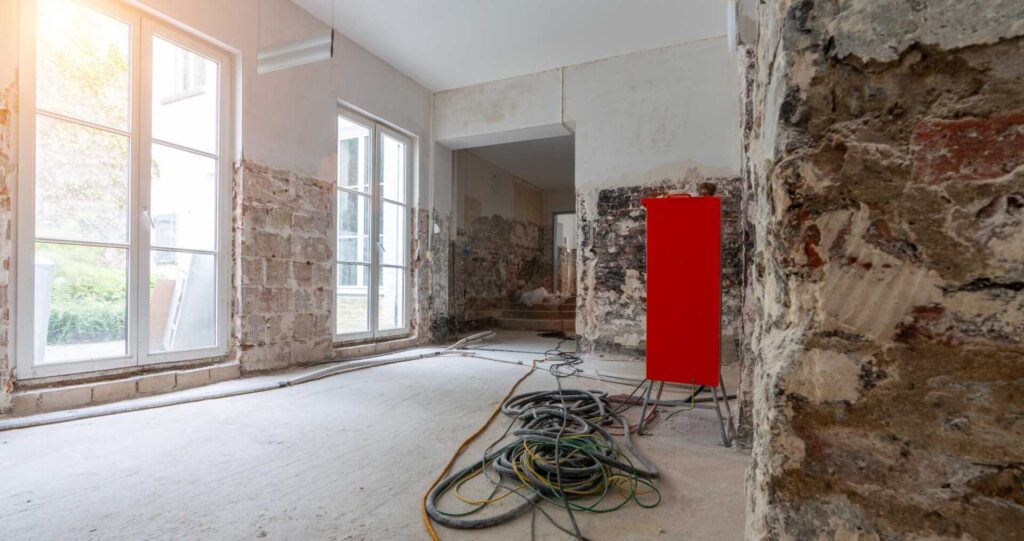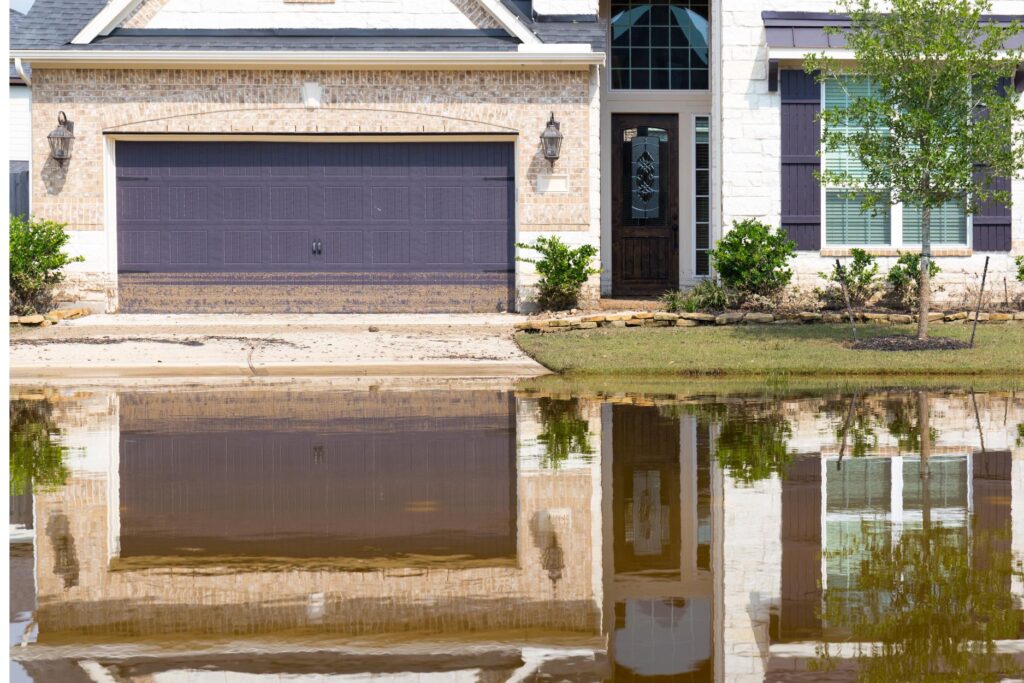Contents
Regarding safeguarding your metal shed against rust, there are key strategies you should be aware of. From selecting the ideal location to applying the right protective coatings, each step plays a pivotal role in preventing corrosion. A combination of proactive measures can significantly extend the lifespan of your shed and save you from potential headaches down the line. So, let’s explore these essential rust prevention tips to ensure your metal shed remains in top condition for the long haul.
Key Takeaways
- Choose a well-drained, elevated area for the shed.
- Use high-quality rust-resistant coatings after thorough surface preparation.
- Regularly inspect and maintain the shed for damage or rust.
- Ensure proper ventilation and moisture control inside the shed.
- Seal joints and gaps to prevent moisture seepage and rust development.
Choose the Right Location
Select a well-drained area with good air circulation to place your metal shed for optimal rust prevention. Proper drainage is essential to avoid water pooling around the shed, which can accelerate rusting. Consider the weather exposure in your region when choosing the shed’s placement. If the shed is constantly exposed to rain or snow, it’s more susceptible to rust. Additionally, ensure the shed isn’t in a low-lying area where water can accumulate.
Evaluate the soil composition of the chosen location to ensure it provides a stable foundation for your metal shed. Soft or sandy soil can shift over time, leading to an unstable base for the shed. Opt for a spot with firm soil that can support the weight of the shed and its contents without sinking or shifting. This stability will help prevent the metal from bending or warping, which can expose it to rust-inducing moisture.
Apply Rust-Resistant Coating
To effectively prevent rust on your metal shed, start by ensuring proper surface preparation before applying a rust-resistant coating.
To allow the coating to adhere effectively, carefully clean and remove any existing rust or debris from the surface.
Select a high-quality rust-resistant coating specifically designed for metal surfaces to provide long-lasting protection against corrosion.
Proper Surface Preparation
Prepare the metal shed surface by thoroughly cleaning it before applying a rust-resistant coating. Start by using a sandblasting technique or an acid etching process to remove any existing rust, dirt, and old paint. Sandblasting involves using compressed air to propel abrasive materials against the metal surface, effectively stripping off contaminants. Acid etching, on the other hand, utilizes a chemical solution to clean and roughen the metal for better coating adhesion.
After cleaning, ensure the surface is completely dry before proceeding with the rust-resistant coating. Any moisture left on the metal can interfere with the coating’s effectiveness. Inspect the surface for any remaining rust spots or imperfections that could compromise the coating’s durability. Address these issues by sanding them down or applying a rust converter.
Proper surface preparation is crucial for the longevity of your metal shed. By investing time in cleaning and prepping the metal surface correctly, you create a strong foundation to adhere to for the rust-resistant coating, providing optimal protection against corrosion.
Choose Quality Coating
After properly preparing the metal shed surface, your next step is to carefully choose a high-quality rust-resistant coating for optimal protection against corrosion. When selecting a coating, prioritize durability to ensure long-lasting protection for your metal shed. Look for coatings specifically designed for metal surfaces and formulated to withstand harsh weather conditions. These coatings often contain corrosion inhibitors that actively prevent rust formation, enhancing the longevity of your shed.
Consider the application method of the coating as well. Some coatings may require multiple layers for effective rust prevention, while others offer a one-coat solution. Follow the manufacturer’s instructions closely to achieve the best results. Additionally, explore different rust prevention techniques such as epoxy coatings, oil-based paints, or specialized metal primers to find the most suitable option for your metal shed.
Investing in a high-quality, durable coating is crucial for maintaining the structural integrity of your metal shed and protecting it from rust. By choosing the right coating and applying it correctly, you can significantly extend the lifespan of your shed and keep it looking new for years to come.
Regularly Inspect for Damage
Ensure you conduct thorough and regular inspections of your metal shed to identify any signs of damage and prevent rust formation promptly. Regularly inspecting your metal shed is crucial for effective rust prevention and maintaining its structural integrity.
Begin by visually examining the exterior for any scratches, dents, or chipped paint that exposes the metal underneath. These areas are particularly vulnerable to rust formation as they’re more susceptible to moisture and oxidation.
During your damage assessment, pay close attention to the joints, corners, and seams where water and debris can accumulate, accelerating the rusting process. Check for any loose or missing bolts, screws, or fasteners that could compromise the shed’s stability and create entry points for moisture.
Additionally, inspect the roof for any signs of wear or damage that could lead to leaks and water infiltration.
While inspecting the shed, make sure to clean any debris, dirt, or vegetation that may be accumulating around the base or on the roof. These can trap moisture against the metal, promoting rust development.
Keep Sheds Clean and Dry
Establish a regular cleaning routine to remove dirt, debris, and moisture buildup from your metal shed to keep it rust-free.
Ensure proper ventilation by opening windows or installing vents to allow for air circulation, preventing condensation that can lead to rust formation.
Regular Cleaning Routine
Regularly clearing out debris and moisture from your metal shed is essential to prevent rust buildup and maintain its longevity. To ensure your shed stays rust-free and in top condition, follow these practical steps:
Remove Debris: Regularly sweep out leaves, dirt, and any other debris that may accumulate in your metal shed. Debris can trap moisture and accelerate rust formation on metal surfaces.
Check for Leaks: Inspect your shed for any signs of leaks or water infiltration. Repair any holes or gaps that could allow moisture to seep in, as water is a major contributor to rust development.
Ventilation: Proper airflow is crucial in preventing moisture buildup. Ensure your shed has adequate ventilation to reduce humidity levels inside, helping to keep the metal surfaces dry and rust-resistant.
Proper Ventilation Strategy
Maintaining a proper ventilation strategy is essential for optimal rust prevention in metal sheds. Ventilation effectiveness is crucial for regulating moisture and humidity levels within the shed environment.
To achieve this, consider installing vents or windows that can be opened to allow for proper air circulation. This will help prevent condensation buildup, which is a common culprit for rust formation on metal surfaces.
Humidity control is another key aspect to focus on when implementing a ventilation strategy. High humidity levels can accelerate the corrosion process, making it vital to keep moisture levels in check.
Using a dehumidifier or silica gel packs can help absorb excess moisture in the air, reducing the risk of rust formation on your metal shed belongings.
Use Galvanized or Stainless Steel
Consider using galvanized or stainless steel materials when constructing or repairing your metal shed to enhance its rust resistance and durability. These materials strongly defend against corrosion, ensuring your shed remains in top condition for longer periods.
Here are some reasons why galvanized or stainless steel can be beneficial for your metal shed:
Corrosion Resistance: Galvanized steel is coated with a layer of zinc that acts as a protective barrier against rust. Stainless steel contains chromium, which forms a passive layer when exposed to oxygen, preventing rust from forming. Both options significantly reduce the risk of corrosion over time.
Longevity: Galvanized and stainless steel are known for their longevity and durability. By using these materials in your metal shed construction, you’re investing in a structure that can withstand the elements and remain sturdy for many years with minimal maintenance.
Low Maintenance: One of the advantages of using galvanized or stainless steel is the low maintenance they require. With their rust-resistant properties, you can spend less time worrying about upkeep and more time enjoying the benefits of your metal shed.
Ventilate to Reduce Moisture
Ensure proper ventilation to reduce moisture within your metal shed. Moisture control is essential to prevent rust and corrosion on your valuable tools and equipment. Adequate air circulation helps to regulate the humidity levels inside the shed, reducing the risk of condensation forming on metal surfaces.
One effective way to improve ventilation is by installing vents or windows in your shed. Vents allow fresh air to flow in and moist air to escape, helping to maintain a dry environment. Ensure the vents are strategically placed to promote optimal air circulation throughout the space.
In addition to vents, consider using a dehumidifier to further control moisture levels inside the shed. A dehumidifier can help remove excess moisture from the air, especially in areas with high humidity levels.
Regularly checking and maintaining your ventilation systems is key to effective moisture control. Ensure that any objects don’t block vents and that they’re functioning correctly. Clean the vents periodically to prevent dust and debris from hindering airflow.
Seal Joints and Gaps
Inspect all joints and gaps in your metal shed for any signs of wear or damage to determine where sealing is necessary. Properly sealing these areas can prevent moisture from seeping in and causing rust to develop.
To effectively seal joints and gaps in your metal shed, follow these steps:
Weather Stripping: Apply weather stripping around doors and windows to create a tight seal that prevents water and air from entering the shed. Weather stripping comes in various materials, such as rubber or foam, and can be easily installed to provide an effective barrier against the elements.
Caulk: Use a high-quality caulk to seal any visible gaps or holes in your metal shed’s walls, roof, or foundation. Caulk is a versatile sealant that can effectively fill in small crevices and cracks, preventing water infiltration and subsequent rust formation.
Rust Inhibitors and Paint Sealant: Before sealing the joints and gaps, consider applying a rust inhibitor to any existing rust spots to prevent further corrosion. Once the metal surface is clean and treated, apply a durable paint sealant to provide an extra layer of protection against moisture and other environmental factors.
Elevate Shed Off the Ground
Elevate your metal shed off the ground to prevent moisture buildup and minimize the risk of rust forming on the bottom panels. By lifting your shed, you create an air gap between the shed’s base and the damp ground, reducing the chances of water seeping into the metal structure.
To achieve this, consider using ground coverings like gravel or concrete blocks as a foundation for your shed. These materials provide a stable base and help in draining excess water away from the shed, keeping the underside dry and less prone to rust.
Moisture barriers are also essential when elevating your shed. Lay down a moisture barrier, such as a plastic sheet or a specialized shed underlay, before placing your shed on the elevated surface. This barrier acts as an additional shield against ground moisture, safeguarding the shed’s base from potential water damage. Ensure the moisture barrier extends beyond the shed’s footprint to provide comprehensive protection.
Implement a Routine Maintenance Schedule
Regular maintenance checks are crucial in preserving the condition of your metal shed and preventing rust formation. By implementing a routine maintenance schedule, you can ensure that your shed remains in top shape for years.
Here are some key steps to include in your maintenance routine:
Inspect Regularly: Take the time to inspect your metal shed on a monthly basis visually. Look for any signs of rust, scratches, or areas where the paint may be chipped. Catching these issues early can prevent them from escalating and causing widespread rust.
Clean Thoroughly: Keep your shed clean by washing it with a mild detergent and water at least twice a year. Remove any dirt, debris, or bird droppings that can trap moisture and accelerate rust formation. Pay special attention to crevices and corners where rust tends to start.
Apply Protective Coatings: Consider applying a rust-inhibiting primer or paint to your metal shed every few years. This extra layer of protection can significantly prolong the life of your shed and enhance its resistance to rust.
Recap
By following these top rust prevention tips for metal sheds, you can ensure their longevity and durability.
Choose the right location, apply a rust-resistant coating, regularly inspect for damage, keep sheds clean and dry, use galvanized or stainless steel, ventilate to reduce moisture, seal joints and gaps, elevate sheds off the ground, and implement a routine maintenance schedule.
Remember, prevention is key to keeping your metal shed in top condition for years.




